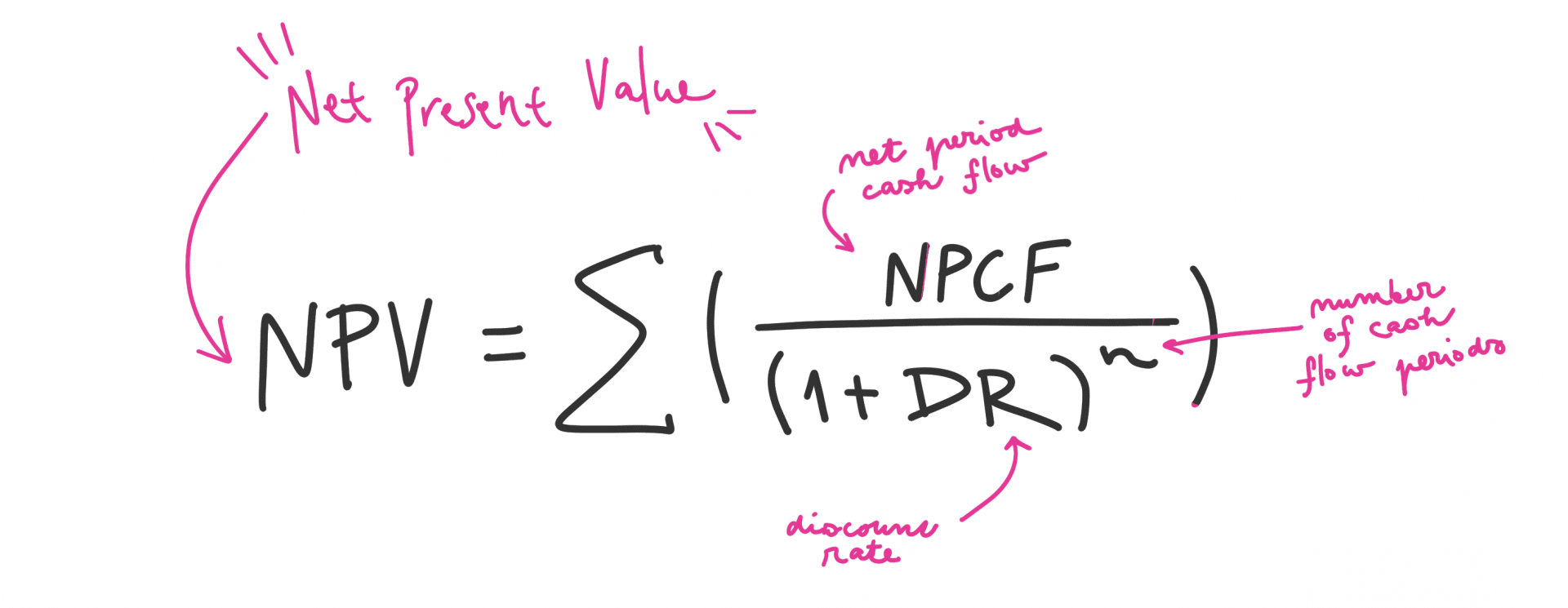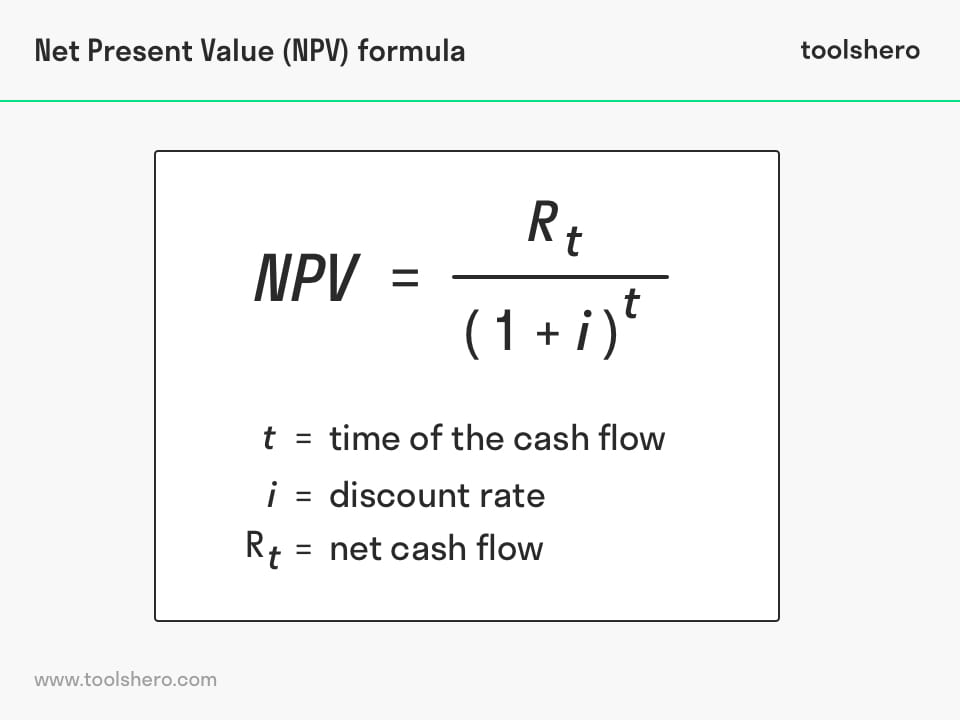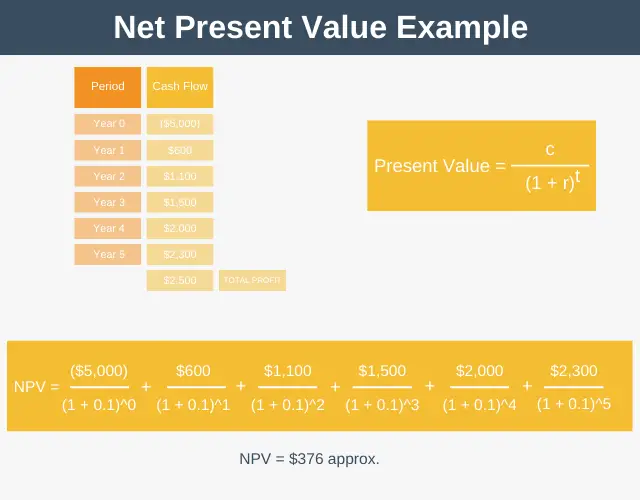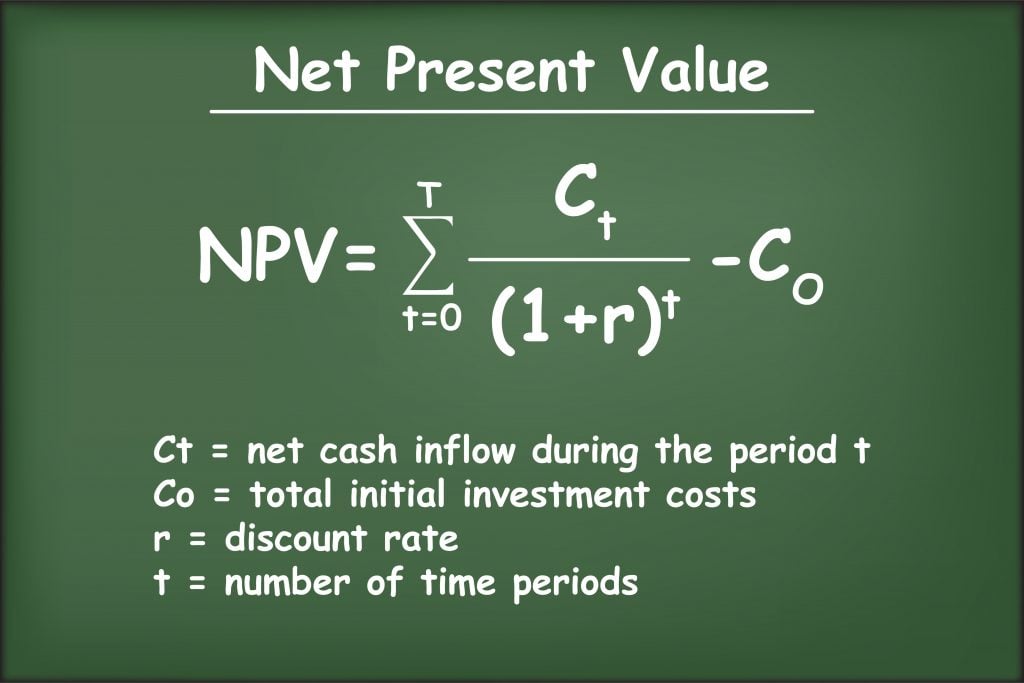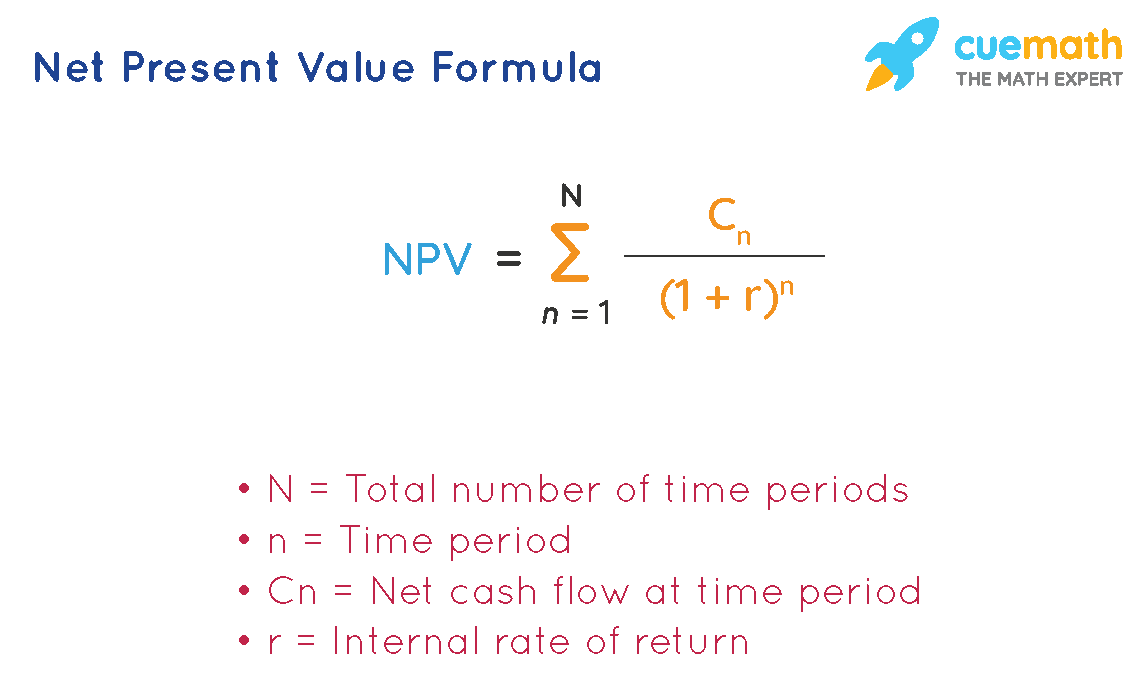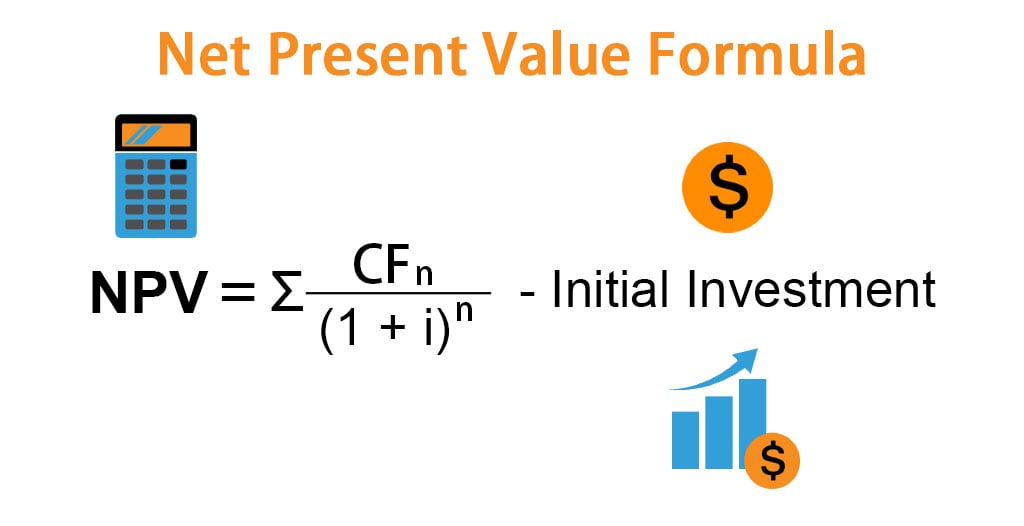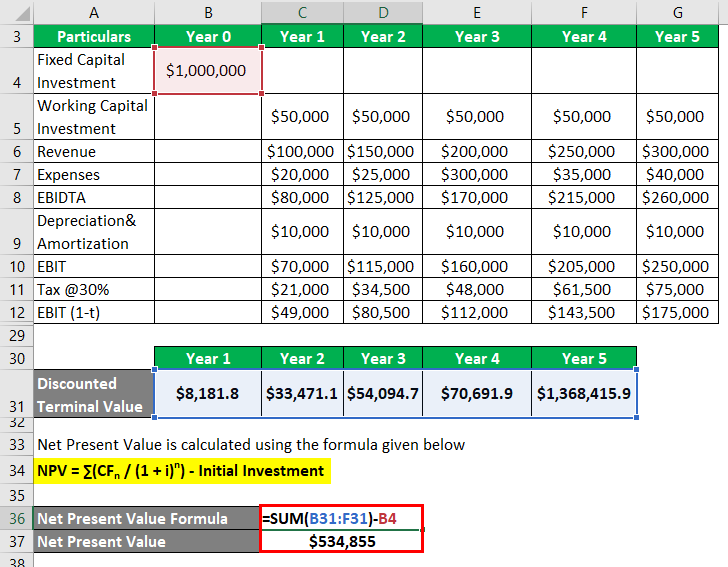Formula Of Npv In Financial Management - Net present value (npv) is the value of all future cash flows (positive and negative) over the entire life of an investment discounted to the present. Net present value (npv) is used to calculate the current value of a future stream of payments from a company, project, or. It takes into account the time. Net present value, npv, is a capital budgeting formula that calculates the difference between the present value of the cash inflows and outflows. Net present value is a financial calculation used to determine the present value of future cash flows.
Net present value (npv) is used to calculate the current value of a future stream of payments from a company, project, or. It takes into account the time. Net present value (npv) is the value of all future cash flows (positive and negative) over the entire life of an investment discounted to the present. Net present value, npv, is a capital budgeting formula that calculates the difference between the present value of the cash inflows and outflows. Net present value is a financial calculation used to determine the present value of future cash flows.
Net present value (npv) is used to calculate the current value of a future stream of payments from a company, project, or. Net present value is a financial calculation used to determine the present value of future cash flows. Net present value (npv) is the value of all future cash flows (positive and negative) over the entire life of an investment discounted to the present. Net present value, npv, is a capital budgeting formula that calculates the difference between the present value of the cash inflows and outflows. It takes into account the time.
NPV Present Value) Definition, Benefits, Formula, and Examples
It takes into account the time. Net present value is a financial calculation used to determine the present value of future cash flows. Net present value, npv, is a capital budgeting formula that calculates the difference between the present value of the cash inflows and outflows. Net present value (npv) is the value of all future cash flows (positive and.
Net Present Value formula and example Toolshero
It takes into account the time. Net present value, npv, is a capital budgeting formula that calculates the difference between the present value of the cash inflows and outflows. Net present value (npv) is the value of all future cash flows (positive and negative) over the entire life of an investment discounted to the present. Net present value is a.
Net Present Value Explained
Net present value (npv) is the value of all future cash flows (positive and negative) over the entire life of an investment discounted to the present. Net present value (npv) is used to calculate the current value of a future stream of payments from a company, project, or. Net present value is a financial calculation used to determine the present.
Capital Budgeting Presentation
It takes into account the time. Net present value (npv) is the value of all future cash flows (positive and negative) over the entire life of an investment discounted to the present. Net present value, npv, is a capital budgeting formula that calculates the difference between the present value of the cash inflows and outflows. Net present value (npv) is.
Net Present Value Calculating and Using Payment Savvy
Net present value is a financial calculation used to determine the present value of future cash flows. Net present value (npv) is used to calculate the current value of a future stream of payments from a company, project, or. Net present value (npv) is the value of all future cash flows (positive and negative) over the entire life of an.
Net Present Value (NPV) What It Means and Steps to Calculate It
It takes into account the time. Net present value is a financial calculation used to determine the present value of future cash flows. Net present value (npv) is the value of all future cash flows (positive and negative) over the entire life of an investment discounted to the present. Net present value (npv) is used to calculate the current value.
Net Present Value Formula Derivation, Examples
Net present value (npv) is the value of all future cash flows (positive and negative) over the entire life of an investment discounted to the present. Net present value is a financial calculation used to determine the present value of future cash flows. Net present value (npv) is used to calculate the current value of a future stream of payments.
Net present value What is it, NPV formula, Calculation, Examples ,FAQ
Net present value, npv, is a capital budgeting formula that calculates the difference between the present value of the cash inflows and outflows. It takes into account the time. Net present value (npv) is the value of all future cash flows (positive and negative) over the entire life of an investment discounted to the present. Net present value is a.
Excel Npv Template
Net present value (npv) is the value of all future cash flows (positive and negative) over the entire life of an investment discounted to the present. It takes into account the time. Net present value (npv) is used to calculate the current value of a future stream of payments from a company, project, or. Net present value, npv, is a.
Net Present Value Excel Template Sample Professional Template
Net present value is a financial calculation used to determine the present value of future cash flows. Net present value (npv) is the value of all future cash flows (positive and negative) over the entire life of an investment discounted to the present. Net present value (npv) is used to calculate the current value of a future stream of payments.
Net Present Value Is A Financial Calculation Used To Determine The Present Value Of Future Cash Flows.
Net present value (npv) is the value of all future cash flows (positive and negative) over the entire life of an investment discounted to the present. It takes into account the time. Net present value, npv, is a capital budgeting formula that calculates the difference between the present value of the cash inflows and outflows. Net present value (npv) is used to calculate the current value of a future stream of payments from a company, project, or.
